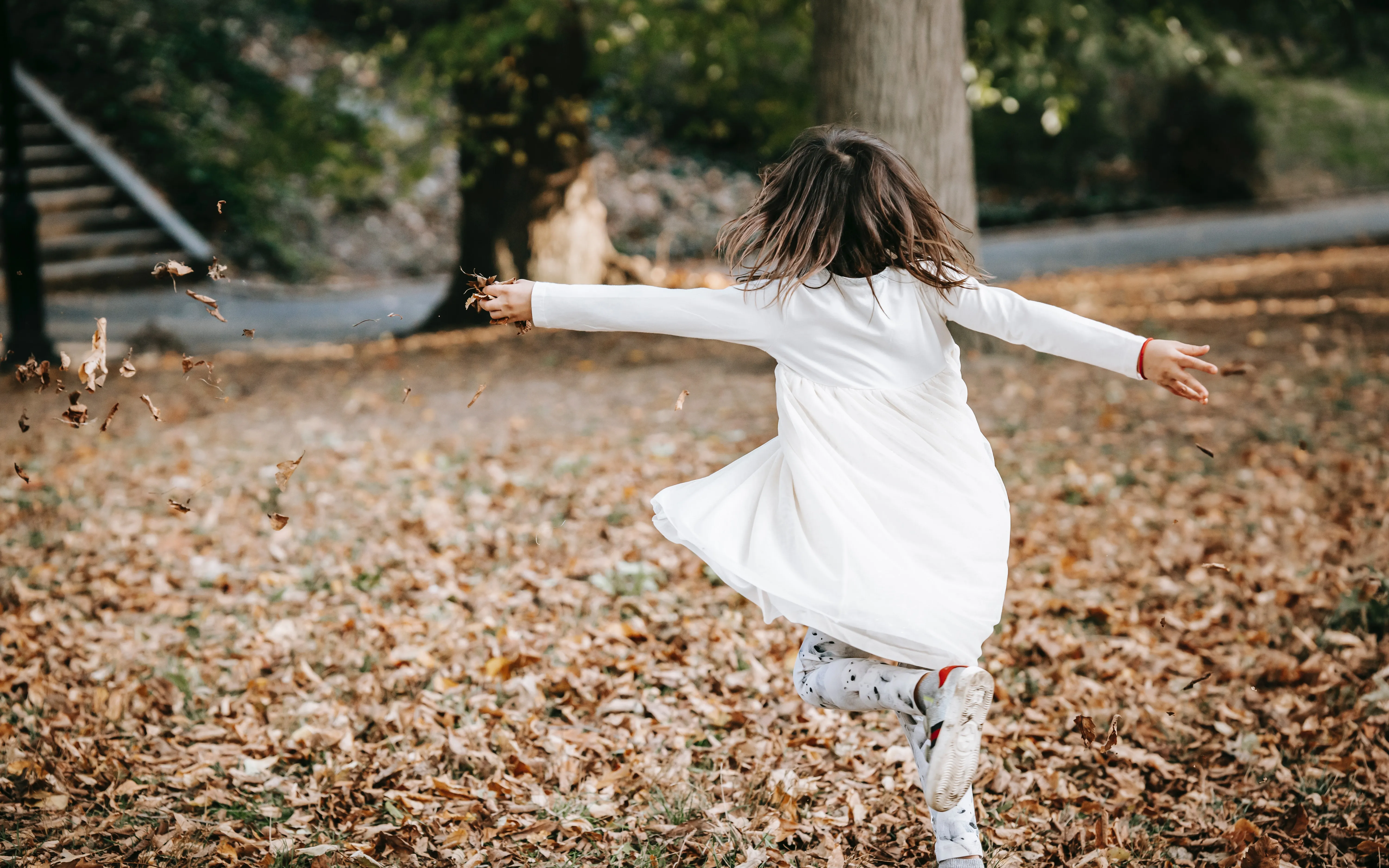
Every year, nearly 12 million girls are forced to marry men much older than them, two million of them before they have even turned 15 years old.
Although children have not been one of the most affected groups by the coronavirus, young boys and girls have been exposed to different forms of violence. Specifically, girls are at higher risk of gender-based violence, sexual abuse, child marriage, or exploitation during periods of social isolation and confinement.
The measures taken by different countries to curb the spread of the virus pose great risks for girls. Environments that should be safe for them become their worst nightmare. Without going to school and with reduced social protection services, some girls have no choice but to spend 24 hours a day with their abusers. In addition, the stress and the scarcity of resources being suffered in many homes can lead, in some environments, to an increase in cases of child marriage—unions that families use to deal with the economic consequences of the crisis. During past emergencies such as that of the Ebola virus—from 2014 to 2016—there was an increase in the reports of violence against adolescent girls in quarantined homes.
Being a girl in certain countries is not easy, and it is even less so when there are conflicts or pandemics. During these crises, the needs, interests and rights of young and teenage girls tend to be barely visible, and this is when they end up paying the highest price by becoming currency.
Every year, nearly 12 million girls are forced to marry men much older than them, two million of them before they have even turned 15 years old. Currently, food and economic insecurity caused by the Covid-19 crisis leads many parents to feel that they have no choice but to force their daughters to marry. This means that nowadays half a million more girls are at risk of being forced into marriage.
This increase is a reversion of 25 years of progress in which forced marriage rates had decreased, a step backwards that puts many young and adolescent girls around the world in a situation of extreme vulnerability. In fact, if things continue like this, by 2025 the number of child marriages will have grown to 61 million.
What does it mean for a girl to be forced to marry? It means entering a spiral of violation of their most basic rights, such as their right to freedom or education, a higher risk of suffering lifelong violence, and risk of death during childbirth, since their bodies are unprepared for motherhood. It’s not just physically that they’re unprepared, however, but mentally as well.
Forced marriage in girls is one of the leading causes of school dropout in developing countries, and at the same time, girls who do not go to school are greatly exposed to this practice. This is because there is a two-way relationship between education and forced marriage: if all girls finished secondary school, over 50 million marriages would be avoided by 2030.
"There’s nothing more powerful than a girl with a book," said Maryam Ahmed, a Nigerian activist who fights against child marriage. Because girls have the right to the education they need for their personal development and to be prepared for adult life. When they are out of school and married, they are denied the possibility of acquiring skills to be able to earn an income of their own, and therefore to choose their future. And because being a girl is a right without exception.



Add new comment